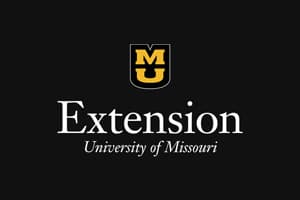
Cattle producers urged to watch for prussic acid poisoning
Cattle may face prussic acid poisoning from sorghum grasses; monitor pastures carefully to prevent sudden livestock deaths.
Native warm-season grasses help feed livestock through drought
Discover how native warm-season grasses can sustain forage for livestock during drought by offering heat-tolerant feed when cool-season grasses decline.
Cover Crop Decision Tool provides choices for grazing
Use a free online tool to select cover crops for fall and winter grazing based on soil, rotation, and farm goals.
MU Extension to hold crop and forage chat in Palmyra
Farmers in northeastern Missouri can get free crop and forage updates from specialists at an August Palmyra event.
If you still have grass, grow now, graze later
Stockpile Missouri pastures by fertilizing now and delaying grazing to save hay and boost forage quality through winter.
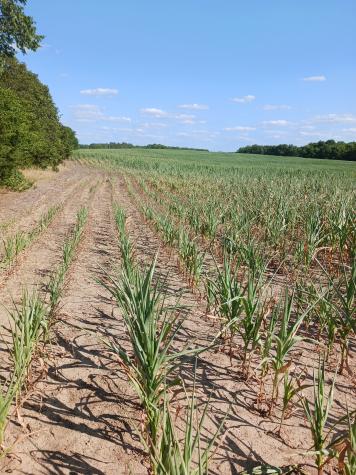
Now is time for 911 emergency forages
Explore emergency forage options to sustain livestock during ongoing drought and feed shortages.
Drought meetings offered in SW Missouri Aug. 4
Attend free SW Missouri meetings Aug. 4 for cattle producers on drought survival, hay management, and feeding strategies.
Seed for an 'annual pasture within a perennial pasture'
COLUMBIA, Mo. – Producers looking for ways to grow forages during drought might consider planting an “annual pasture within a perennial pasture,” says University of Missouri Extension state forage specialist Harley Naumann.Naumann says this is a good year to add cool-season annual grass seed to perennial pastures. Cool-season grasses can extend the growing season, provide excellent nutritive value and complement thin pastures.
Don't waste precious hay during drought
Protect hay during drought by feeding wisely, reducing waste, and improving herd performance with simple strategies.
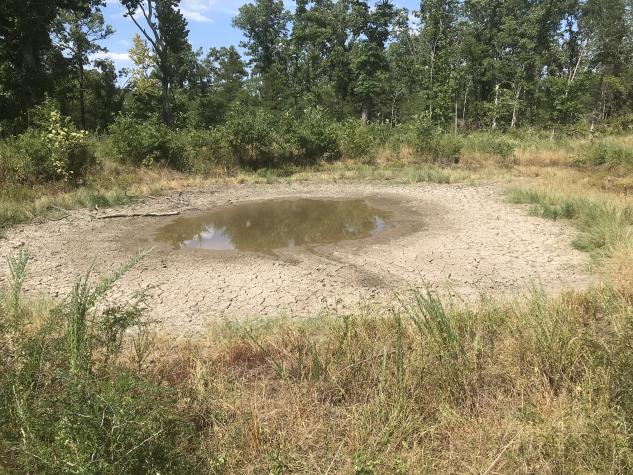
Top 5 livestock forage actions to take during drought
Learn five key actions to manage livestock forage and feed effectively during drought conditions.
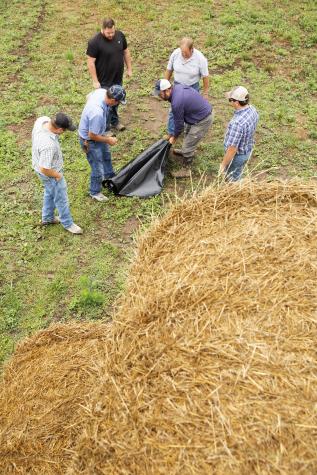
Ammoniation stretches hay supplies during drought
This is part of an MU Extension series to help row crop and livestock producers manage drought. For more articles, go to Drought Resources. COLUMBIA, Mo. – As hay supplies dwindle, University of Missouri Extension agronomist Rusty Lee is showing forage producers how to use a simple, inexpensive treatment to stretch feed supplies during drought.
Use spray-wait-spray to renovate drought-stricken pastures
Learn how the spray-wait-spray method can renovate drought-hit pastures with nontoxic fescue efficiently.
What is the cost of baling wheat straw?
Learn how to calculate the cost of baling wheat straw by weighing nutrient value, soil impacts, baling charges, and profit margins for fair pricing.
MU Extension specialists report thin pasture stands, low yields
Dry conditions are causing thin pastures and low hay yields across Missouri, stressing farmers and livestock producers this spring.
Cut hay now and cut it high for best yield, persistence
COLUMBIA, Mo. – It’s time to make the first cutting of hay in Missouri, says University of Missouri Extension state forage specialist Craig Roberts.Waiting too long leads to poor-quality feed for livestock next winter. For best quality, harvest hay in May before seed heads pollinate, says Roberts.
Mowing hay low may cost money, time
GALENA, Mo. – There are many reasons to avoid cutting low when mowing hay, but money is the main one, says University of Missouri Extension agronomist Tim Schnakenberg.
Look at fescue seed labels for best results
Check fescue seed labels to ensure healthy livestock and long-lasting pastures with the right novel-endophyte seed.
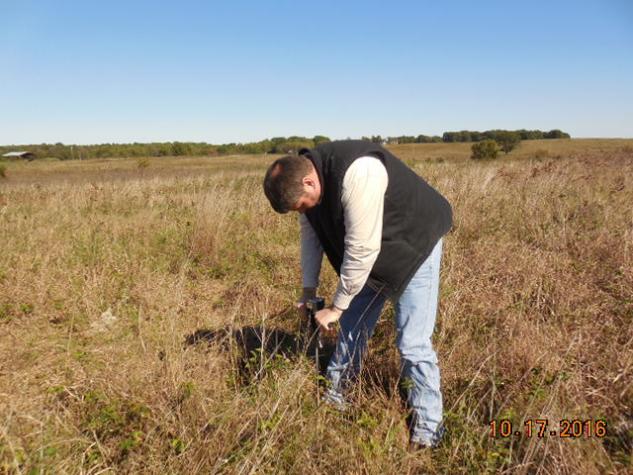
Save money on fertilizer with soil tests
Learn how soil testing can help farmers apply fertilizer more precisely, cut costs and protect the environment.
MU agronomist gives post-drought pasture renovation tips
Learn effective strategies for renovating drought-affected pastures, including no-till drilling, emergency forage options, and long-term forage solutions.
Proper hay storage, feeding methods reduce waste
CLEVER, Mo. –Due to poor storage and feeding methods, only about half of Missouri hay reaches the cow’s mouth, says University of Missouri Extension livestock specialist Andy McCorkill. This leads to waste and reduced profits, especially as producers reset their herds post-drought. “Make sure your high-value hay gets in the mouth of an animal,” says McCorkill.
'Sacrifice pastures' spare best cattle grazing pastures
STOCKTON, Mo. – So-called “sacrifice pastures” might be needed to help promote forage production the rest of this cattle grazing season, according to Patrick Davis, a University of Missouri Extension livestock specialist based in Stockton. “Cattle producers welcome the rain, but it leads to muddy pastures, and with limited forage resources following the drought, proper management is needed for optimum grazing the rest of the year,”…
Avoid applying nitrogen to tall fescue pastures in spring
Reduce livestock loss and toxin risk by avoiding nitrogen fertilization on tall fescue pastures in spring; reserve fertilizing for fall.
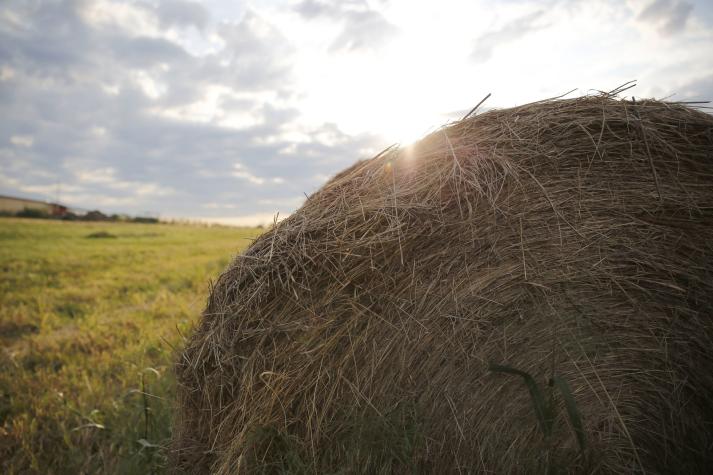
Cheap hay isn't cheap
Cheap hay can cost more in the long run due to poor quality, storage, and feeding practices.
Be ready to manage spring flush
COLUMBIA, Mo. – Get a head start on pastures for the year with good management of spring flush, says University of Missouri Extension state forage specialist Harley Naumann.Early decisions determine pasture health for the rest of the season, Naumann says.
Registration open for fescue workshop
Register for a March workshop on renovating toxic tall fescue pastures and integrating improved varieties into grazing systems.
